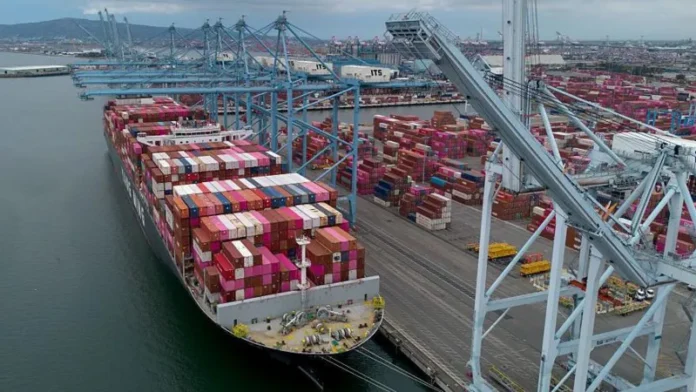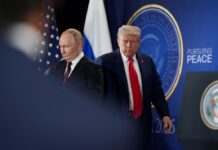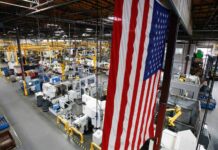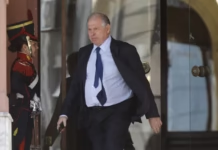The United States and China are set to begin a fresh round of high-level trade talks in London on Monday, as both sides attempt to salvage a fragile truce and resolve long-standing disputes that have fueled a protracted trade war between the world’s two largest economies.
The meeting follows a phone conversation last week between US President Donald Trump and Chinese President Xi Jinping, which Trump described as a “very good talk” that led to what he called a “very positive conclusion for both countries.” It was the first direct communication between the two leaders since the trade conflict escalated in February.
Leading the US delegation are Treasury Secretary Scott Bessent, Commerce Secretary Howard Lutnick, and US Trade Representative Jamieson Greer. China has dispatched Vice Premier He Lifeng, who is scheduled to be in the UK from June 8 to 13. The talks will take place under the “China-US economic and trade mechanism,” Beijing confirmed over the weekend.
In May, both sides reached a temporary agreement during talks in Switzerland, dialing down tariffs and promising renewed cooperation. The US reduced duties on Chinese goods to 30%, while China lowered its tariffs on American imports to 10% and pledged to lift restrictions on key mineral exports. The truce included a 90-day window to finalize a broader trade deal.
However, relations have since deteriorated. Trump accused China of “totally violating” the Geneva agreement, while Beijing claimed the US had “severely breached” the terms. At the center of the dispute is the trade in critical materials such as rare earth minerals and magnets—components essential to US industries including electronics and automotive manufacturing.
The US had earlier suspended the sale of advanced technology products to China, including semiconductors, while Beijing retaliated by restricting exports of rare earth elements. These minerals, of which China controls nearly 70% of global supply, are pivotal in high-tech manufacturing.
Over the weekend, China’s Ministry of Commerce said it had approved some applications for rare earth export licenses, but did not specify which destinations were involved. Trump, meanwhile, announced that Xi had agreed to resume rare earth exports, a move that the White House sees as critical to any future deal.
Still, US National Economic Council Director Kevin Hassett warned on Sunday that the volume of exports “has been getting released at a rate that is… higher than it was, but not as high as we believe we agreed to in Geneva.”
Economic data released Monday from Beijing showed China’s exports rose 4.8% in May year-on-year, but imports fell 3.4%, far more than analysts had expected, suggesting the Chinese economy remains under pressure despite the temporary trade easing.
With the 90-day deadline looming, both sides are under pressure to reach a meaningful agreement. Swetha Ramachandran, fund manager at Artemis, told the BBC that the inclusion of Commerce Secretary Lutnick, seen as a key architect of tough US export controls—signals that “critical minerals and technology access will be central to the discussions.”
“There are enough chips on the table here that could make it acceptable for both sides to walk away with desired outcomes,” she added.
As talks get underway, observers are watching closely to see whether this latest attempt will yield a long-term resolution, or if the cycle of retaliatory measures will resume once more.
Written By Rodney Mbua



















